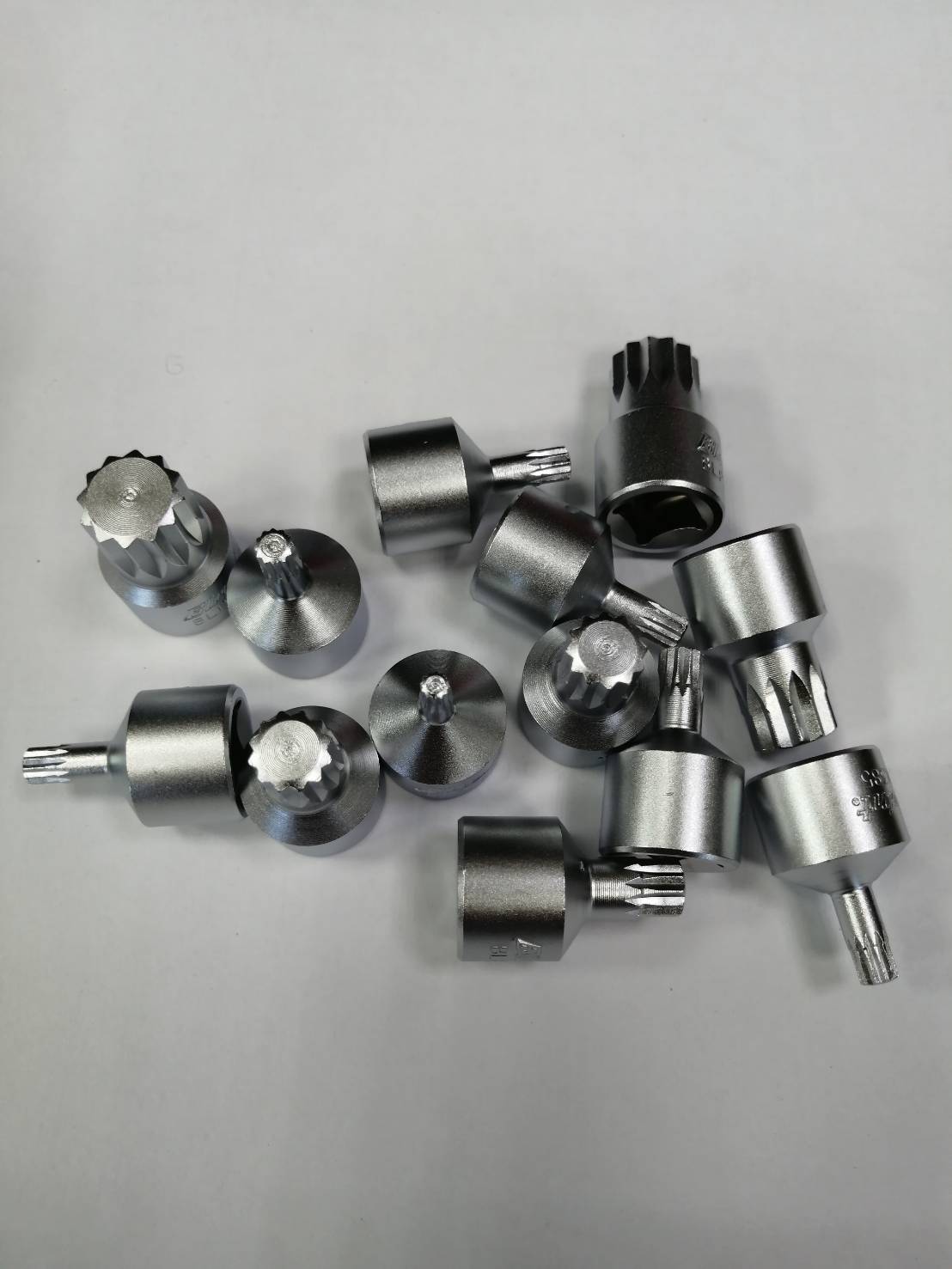
What is trivalent chromium. Trivalent zinc zinc chromate (in line with EU norms.. Environmental protection plating)
Manganese phosphate coating is a surface treatment technique that forms a thin film of manganese phosphate on a metal surface, providing excellent corrosion resistance. This film undergoes a chemical reaction with the metal surface, forming a dense manganese phosphate compound. The coating offers corrosion protection by preventing the metal from coming into contact with oxygen and moisture in the environment, thereby inhibiting oxidation reactions.
The combination of heat treatment, sandblasting, and manganese phosphate coating is a standard procedure for steel and iron components. In the oxidation-reduction reaction, heat treatment plays a crucial role, as carbon is an essential element in the oxidation-reduction process.
The wear resistance of manganese phosphate coating is superior to zinc phosphate coating, which helps reduce stress and enhance lubrication by decreasing the pressure on the coating. Lubricants such as graphite or molybdenum disulfide are often used on the surface of the coating to further improve its lubricating effect.
The coating consists of porous crystalline structures, which provide good absorption and retention properties, effectively assisting in the lubrication of rotating and moving parts. Manganese phosphate and zinc phosphate coatings differ in color, with manganese phosphate appearing black, dark gray, or light gray. Manganese phosphate coating can exhibit a shiny black appearance after proper crystallization.